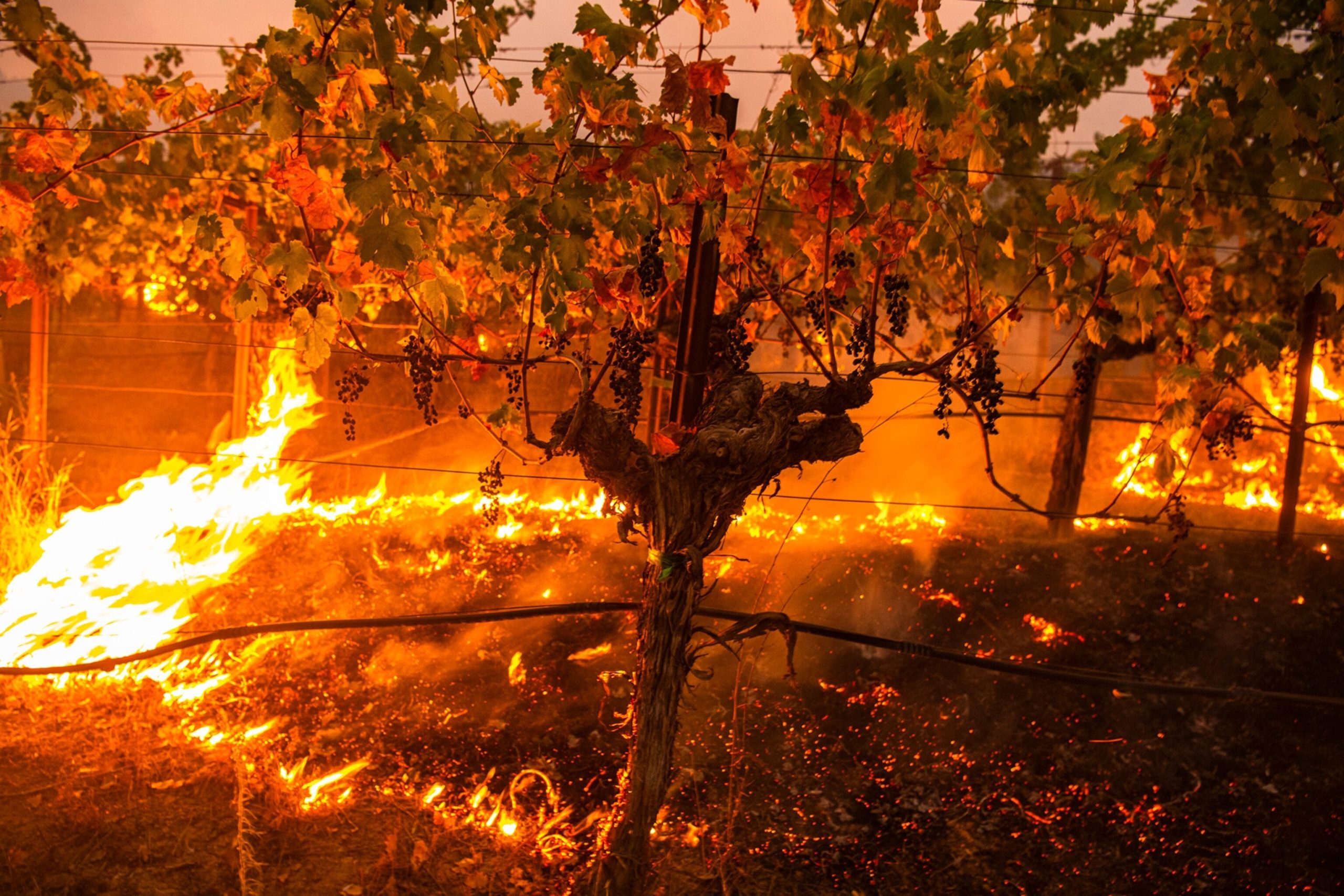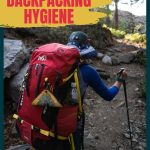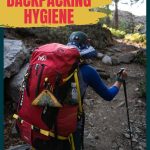
Selecting a Leave No Trace fire site.
 At established sites, use existing fire rings. These help concentrate the impact associated with fires and keep surrounding areas in more natural condition. Constructing new rock rings for campfires or building fires against boulders or ledges is inappropriate as it blackens rocks and disturbs underlying soils. If you choose to have a fire where there are no existing fire rings, you must take the extra responsibility to learn and practice stringent Leave No Trace techniques, such as those outlined below.
At established sites, use existing fire rings. These help concentrate the impact associated with fires and keep surrounding areas in more natural condition. Constructing new rock rings for campfires or building fires against boulders or ledges is inappropriate as it blackens rocks and disturbs underlying soils. If you choose to have a fire where there are no existing fire rings, you must take the extra responsibility to learn and practice stringent Leave No Trace techniques, such as those outlined below.
Portable Fire Pans: Fire pans are metal trays with sides high enough (over three inches) to contain wood and ashes. They were first used by river runners and are becoming increasingly popular with backpackers and horsepackers. Metal oil drain pans and backyard barbecue grills make effective and inexpensive fire pans. A few outdoor companies market light weight versions. The pan should be lined with several inches of inorganic soil, or propped up on small rocks to protect the ground from heat.
Mound Fires: A platform or mound of mineral soil-which contains little or no decomposing organic material-can be built as a fire pad and later easily disguised. First locate a naturally occurring source of mineral soil or sand, such as the hole left by a tree’s roots when it blows over, or large stream courses where sand or fine gravel has been deposited along the banks. Use pots or a stuff sack to carry the dirt to the fire site.
Build a circular, flat-topped fire platform, six to eight inches thick and about two feet across, with the mineral soil. A tarp or ground cloth should be laid down beneath the soil to facilitate clean-up. The thickness of the mound is critical for insulating the ground cloth and surface underneath from the heat. Once the fire is out and cold, the leftover ashes can be scattered widely and the mineral soil returned to its source, which is then “brushed up” to eliminate signs that it was disturbed.
The advantage of this type of fire is that it can be built on durable surfaces such as flat exposed rock or ledge, or on a non vegetated surface, such as leaf litter or pine needles, without damage to the surface or soil. However, it is less desirable than a fire pan, because the mineral soil must be moved, and sources of such soil are sometimes difficult to locate.
Pit Fires: In the past, fire pits dug out of sod were a recommended low-impact technique. However, even by carefully watering and replacing the sod plug, these sites subside over time, leaving a noticeably disturbed area. The pit fire technique should no longer be used.



